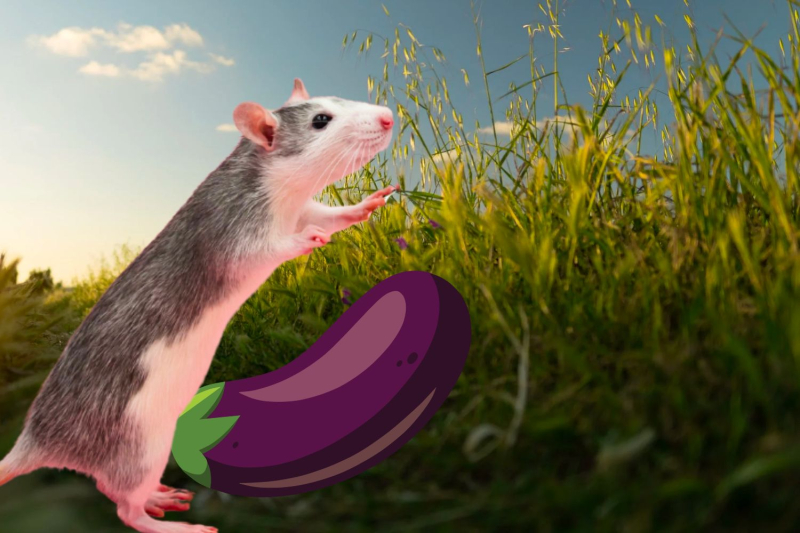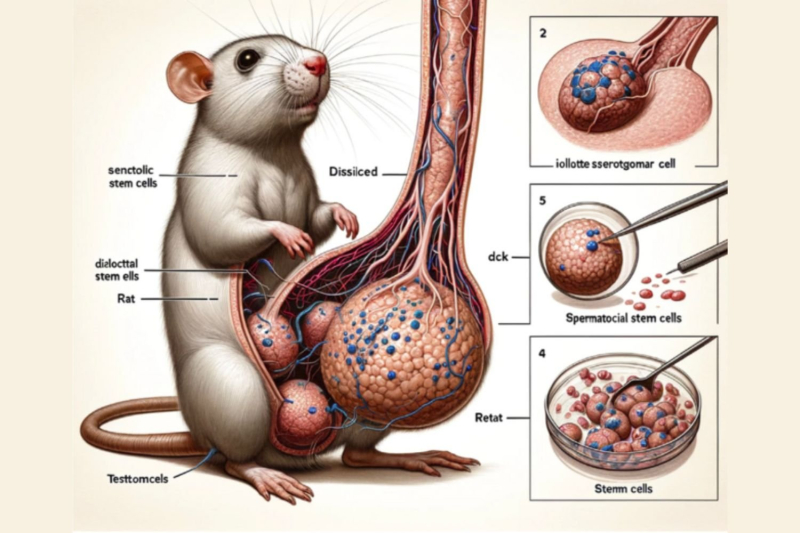
© Presse-citron/Unsplash (Nikolett Emmert)/Pexels (Hassan OUAJBIR)/Canva
eArtificial intelligence is increasingly present in our daily lives and its advances are dazzling. OpenAI has just launched Sora, a new AI tool capable of generating ultra-realistic videos. While the results are impressive, some are concerned about its potential to contribute to the proliferation of false information.
A few days ago, the scientific journal Frontiers, recognized for its reliability and seriousness, published an article on the cellular functions of spermatogonial stem cells in relation to the JAK-STAT signaling pathway. The problem is that an image of a rat with a giant penis slipped in discreetly. It was generated by Midjourney. It took two days for the journal to realize its big mistake and delete the article online.
An error that is cause for concern
It should be noted that the use of artificial intelligence is not prohibited by Frontiers. Indeed, tools like Midjourney can help illustrate words that are sometimes abstract or too complex in writing. But there are certain rules to follow, with rigorous transparency, so as not to mislead readers. If the authors of the article are deemed responsible for verifying the factual accuracy of any content generated by artificial intelligence, it is surprising that the various proofreading by other scientists did not prevent publication erroneous image.

© Frontiers
In addition to a disproportionate representation of the rat's anatomy, the image includes completely incomprehensible captions. Midjourney has never been very good at generating text. Thus, we can read improbable words like “senctolic stem cells”, “dissilced” or even “iollote sserotgomar cell”.
The image of this rat with an oversized penis may make you laugh. However, the fact that this erroneous AI-generated image was able to slip under the radar of the authors as well as the researchers responsible for reviewing the articles published in this recognized scientific journal is worrying. This should never have happened. And yet…
Funny, maybe. But it is the credibility of the scientific journal Frontiers that is taking a hit. Indeed, it is difficult to take the specialized magazine seriously after such a blunder. The article was corrected and then withdrawn after two days of publication, not meeting standards of editorial and scientific rigor. But the damage is done.
If such a gross error could have slipped through the cracks, this may well suggest that more discreet and more invalid inaccuracies could have slipped into numerous papers already published. The scientific journal Nature prohibits the use of artificial intelligence for these precise reasons. According to her, more than 50,000 scientific articles have been the subject of a request for retraction following suspicions of errors generated by AI.
📍 To not miss any news from Presse-citron, follow us on Google News and WhatsApp.< /p>
[ ]

